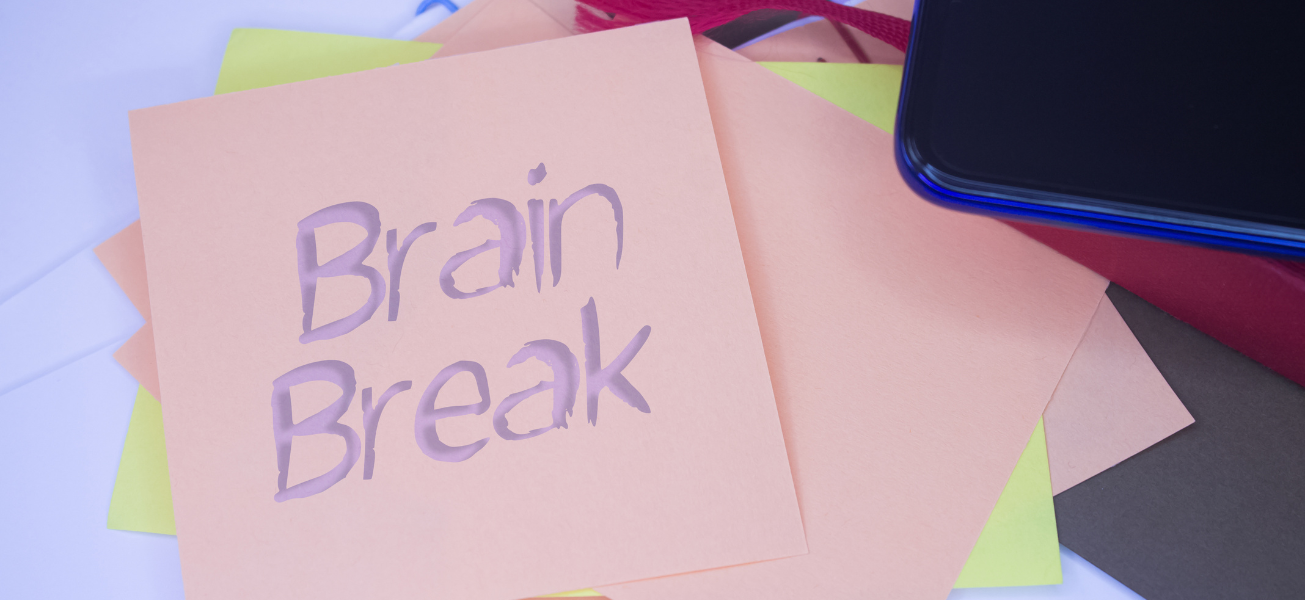How Frequent Pauses Lead to Improved Learning Outcomes
We’ve all experienced that moment of completely zoning out. One minute, you're focused, and the next, you’re off in la la land. You’re there, but not really there. This is common in our learning environments, where learners often drift into their own thoughts. The problem of student inattention, especially during explicit instruction, is a significant one. So, if you're wondering, "Just how long can learners pay attention during a lecture?" I’ve got some food for thought—and, more importantly, a solution. First, let’s start by activating some background knowledge—because student inattention is not a new problem.
Mounting Research on Attention and Focus
- In one of the earliest studies on attention, Stuart and Rutherford (1978) found that medical students’ attention significantly dropped after about 10 minutes of continuous lecture. Think about it—medical students, and this is before the distraction of smartphones and Apple watches! The researchers argued that lectures should be shorter, and while their findings have been cited for years, some have critiqued the methodology. But it got us all thinking—how long can students really focus?
- Fast forward to 1988, when educational psychology took a big leap with John Sweller’s Cognitive Load Theory. Sweller’s research showed that breaking instruction into smaller, more manageable chunks allows the brain to recover, similar to how muscles need rest between sets. These short breaks give students time to process and absorb the information, preventing cognitive overload and increasing learning outcomes. How much higher, you ask? In a meta-analysis, Freeman and colleagues found that failure rates under traditional lecturing were 55% higher than those that used active learning strategies.
- Jumping to 2015 and research has shown that digital distractions such as calendar notifications, Instagram reels, heart rate monitors, and texts have minimized our collective ability to focus. And, goodness knows, the ability to remain focused in 2024 is much more compromised than ten years ago. So, it’s clear we have a problem. But, alas, there’s also a solution.
Putting all this research together, we need to ensure there are opportunities for active engagement at least every 10 minutes. By breaking up instruction with intentional pauses, we allow students to refocus, process what they’ve learned, and actively participate—whether through reflection, discussion, or interaction. At Novak Education, we aim to provide a minimum of a two-minute pause at least every 10 minutes, allowing participants to choose how they want to reflect. We typically share a timer for these breaks, which can be anywhere from 2 to 30 minutes, depending on the activity.
Tip! When breaking up instruction, share a timer like the one below to keep track of time and to help everyone stay on task!
During this time, we offer a clear prompt aligned with the learning objectives and a range of options for reflection. Learners can take notes, ask questions, chat with colleagues, or reflect on the slides (This is also a perfect opportunity for formative assessment!). These pauses allow you to gauge how well the material is being understood in real-time, giving you insights that can guide your next steps in instruction.
So, give it a try. Whether with your students or in your next team meeting, see how intentional pauses can reshape the learning experience and help refocus attention!
Discover how to improve the learning outcomes of all of your students.




